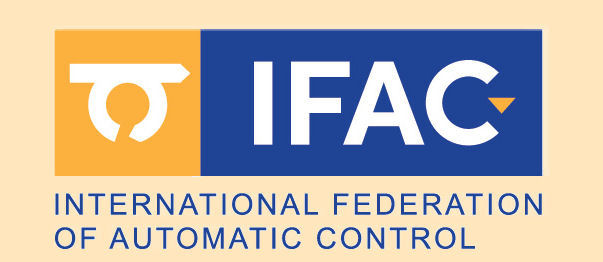| Paper FrA4.3
Liu, Huaqing (Ningbo University of Technology), Ge, Hongxia (Ningbo University of Technology)
Comparative Study about the Effect of Lower-Level Controller Model to the Merging of CAVs System
Scheduled for presentation during the Invited session "Advanced Control Technologies for Electromechanical System" (FrA4), Friday, November 1, 2024,
09:10−09:30, Room T4
7th IFAC Conference on Engine and Powertrain Control, Simulation and Modeling, Oct 30 - Nov 1, 2024, Dalian, China
This information is tentative and subject to change. Compiled on December 13, 2025
|
|
| Keywords Adaptive Cruise Control, Transmission Modeling, Transmission Simulation
Abstract
The hierarchical modeling framework is widely used in designing the longitudinal control of connected autonomous vehicles (CAVs). To describe the throttle/brake maneuvers, the lower-level controller is constructed and modeled. Meanwhile, it leads to a problem that how CAV traffic flow evolve with different lower-level controller. In this paper, two typical lower-level controller models are introduced and compared. One is the first-order lag model which is widely used in theoretical analysis and the other one is a second-order response model with delay and feedback control, which is identified from field test data in our previous work. The result of stability analysis exhibits a smaller string stable region under second-order response model with delay. Moreover, the throughput at a lane drop on two lane highways is also lower than first-order lag model. In spatiotemporal diagram, phase transition markedly differs among two CAV systems. Under second-order response model with delay and feedback control, it shows a characteristic of ‘Three-stage’ phase transition. First-order lag model, widely used in theoretical analysis, does not accurately describe the acceleration and deceleration of actual CAVs. It usually overestimates the executive process of the vehicle’s mechanical structure. Some conclusion based on the first-order lag model may not match the actual traffic. This comparative paper is hoped to draw more attention about the differences caused by lower-level controller model, especially in some typical traffic scenarios.
|
|


 This site is protected by copyright and trademark laws under US and International law.
This site is protected by copyright and trademark laws under US and International law.